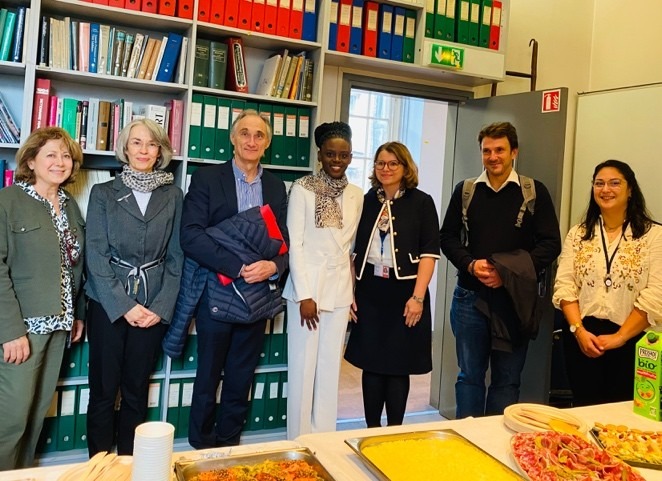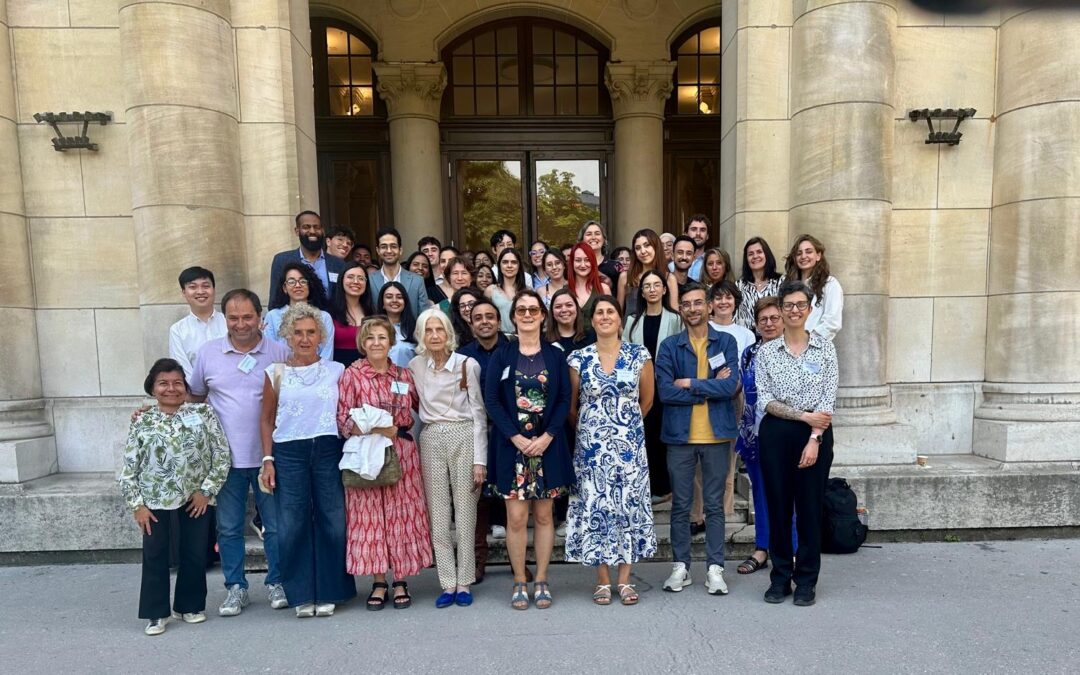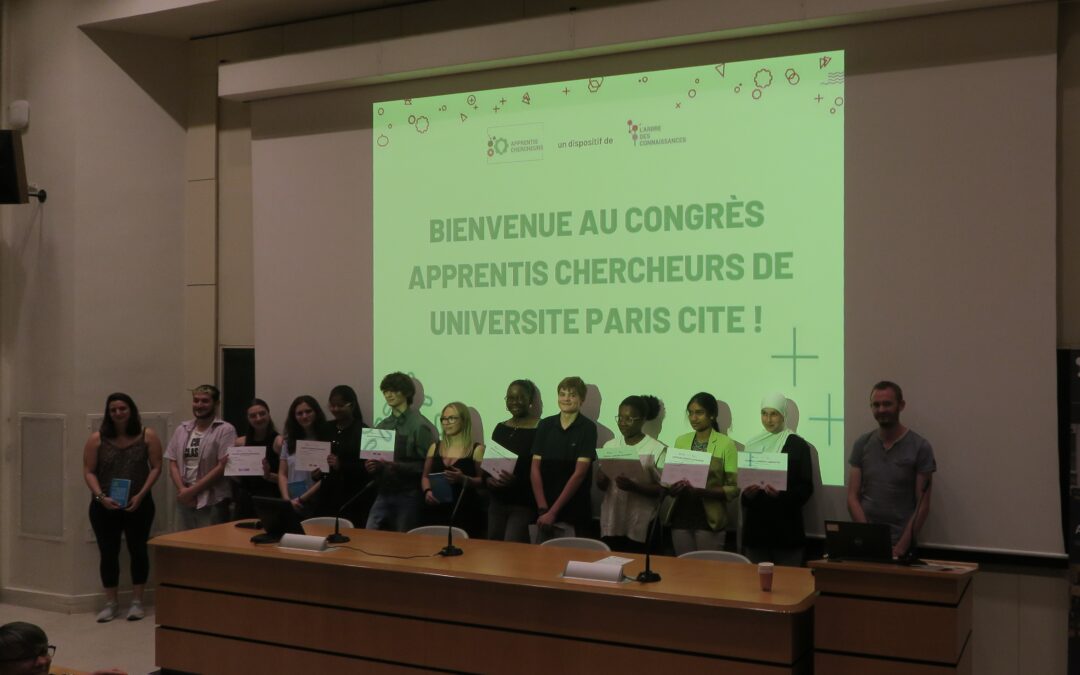___________________
siRNA nanovector for hepatic fibrosis therapy
Non-alcoholic steatohepatitis (NASH) is a multifactorial chronic liver disease of increasing prevalence worldwide, leading progressively to hepatic fibrosis, which can result in cirrhosis or hepatocellular carcinoma. None of the current anti-fibrosis treatments appear to be very convincing in clinical trials. It is therefore necessary to propose new therapeutic strategies, and the use of small interfering RNAs is of major interest in this context.

Histological sections of murine liver showing steatosis (Hematoxilin/Eosin stain) and fibrosis (Sirius red stain)
Within the team, we have set up a metabolic model of liver fibrosis, induced by a specific diet deficient in essential amino acids. The interest of this model is that the establishment of fibrosis more closely follows the evolution of a metabolic disease observed in human NASH, with induction of steatohepatitis and fibrosis. In this model, siRNA-based therapeutic strategies will be implemented by adapting existing self-assembling nanoparticle vectors to make them more effective, less toxic and more specific to targeted liver cells, in particular hepatic stellate cells. The monitoring of fibrosis markers will be an essential part of this project to assess the efficacy of the therapeutic strategy.
In addition to conventional monitoring, other methods are envisaged, such as morphological characterization of collagen fibers on liver sections using multiphoton imaging (collaboration with the Institut Pasteur imaging department) or non-invasive imaging of liver fibrosis using magnetic resonance elastography (collaboration with CNRS-CREATIS UMR5220, Lyon). This project, funded by an ANR young researcher grant, is coordinated by Céline HOFFMANN.
Also to be read

October 2025 – Thesis defense at UTCBS: Mitta PIERRE
On October 1st, 2025, Mitta PIERRE successfully defended her doctoral thesis entitled “Nanoformulations of antioxidant active ingredients for ophthalmic administration in the prevention of age-related macular degeneration (AMD)” supervised by Pr. Christine CHARRUEAU and co-supervised by Dr. Diana LAMAA
September 2025 – [Keynote research] Nathalie Mignet,Head of Laboratory, Nanomedicines and lipid nanoparticles for nucleic acid delivery
[Keynote research] Nathalie Mignet, Nanomedicines and lipid nanoparticles for nucleic acid delivery

July 2025 – Workshop du master erasmus mundus Nanomed
Workshop du master erasmus mundus Nanomed

June 2025 – Université Paris Cité’s Apprentis Chercheurs conference was held last June, with UTCBS taking part.
Université Paris Cité’s Apprentis Chercheurs conference was held last June, with UTCBS taking part.
